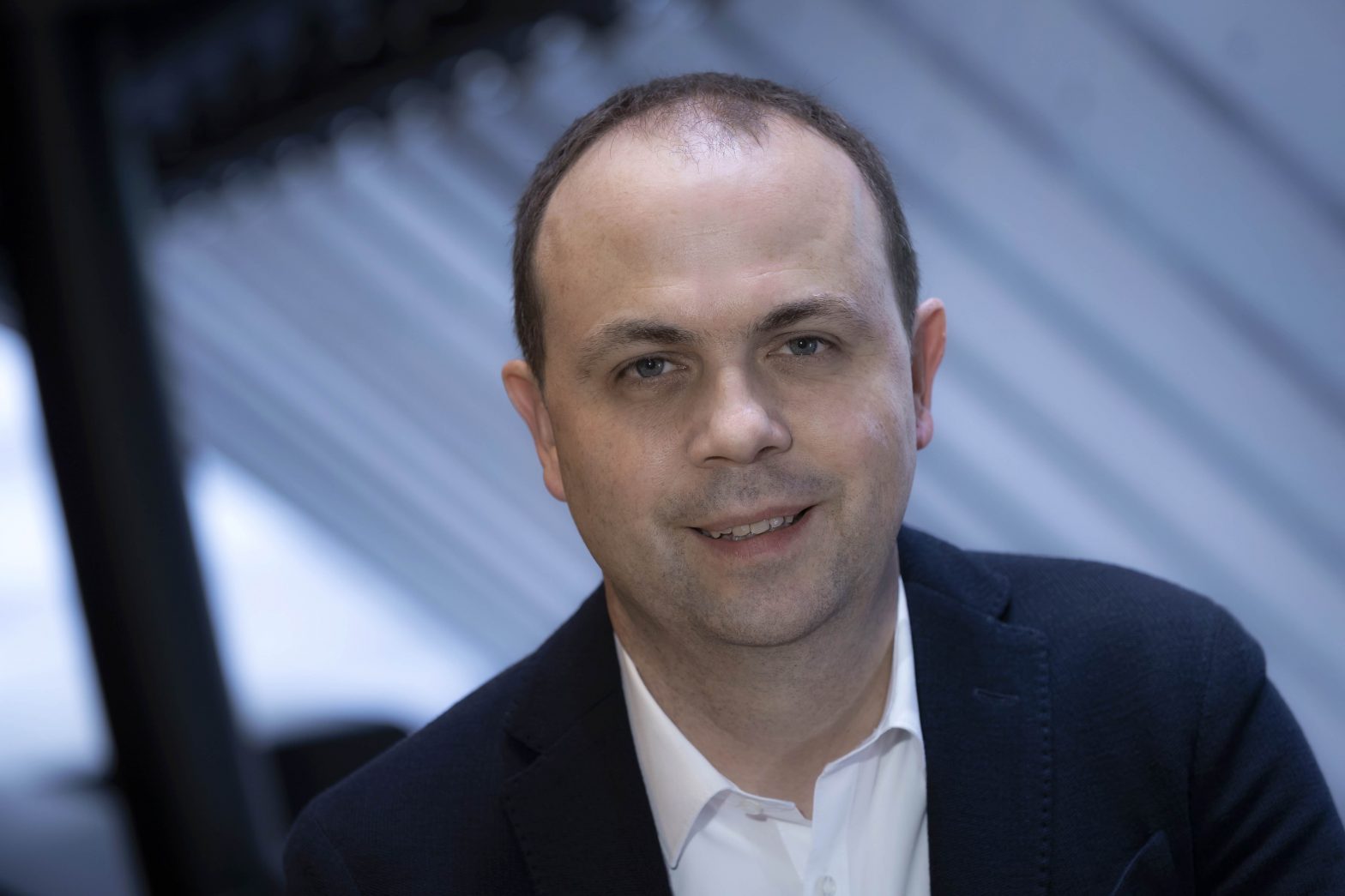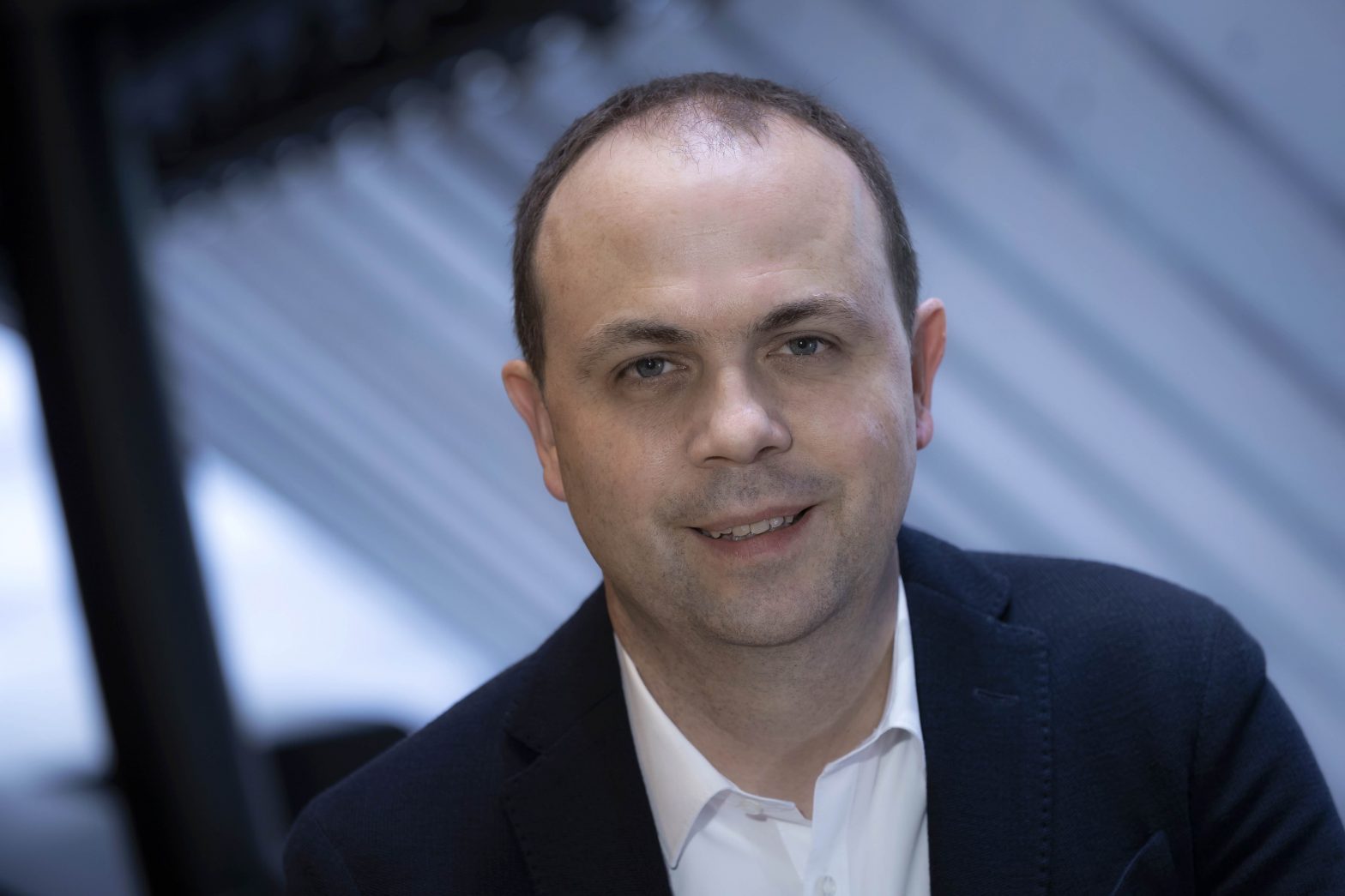The company posted Rs 220.72 crore in the same period a year ago. Tube Investments is engaged in the business of manufacturing precision steel tubes, steel strips, car door frames, automotive and industrial chains, and bicycles. Murugappa Group’s engineering firm Tube Investments of India (TII) on Monday reported a 74.4 percent jump year-on-year (YoY) in… Continue reading Tube Investments Q4 net profit up 74% at Rs 312 crore
Category: US Motoring Press
Ashok Leyland CIO foresees AI tools like GPT revolutionising the auto sector
Ashok Leyland’s Chief Information Officer, Vinod G, believes that the latest artificial intelligence (AI) technologies such as generative pre trained transformers (GPT), have the potential to fundamentally transform the automotive sector. This will have an impact on every facet of the company’s operations, including production, sales, finances, the management of human resources, and safety, among… Continue reading Ashok Leyland CIO foresees AI tools like GPT revolutionising the auto sector
Ashok Leyland’s CIO sees GPT revolutionising the automotive sector
Ashok Leyland’s Chief Information Officer, Vinod G, believes that the latest artificial intelligence (AI) technologies such as generative pre trained transformers (GPT), have the potential to fundamentally transform the automotive sector. This will have an impact on every facet of the company’s operations, including production, sales, finances, the management of human resources, and safety, among… Continue reading Ashok Leyland’s CIO sees GPT revolutionising the automotive sector
Alstom India awards Rs 1.5 crore grant to 10 EV start-ups
As part of its Sustainability Incubation Program, Alstom India, a provider of sustainable mobility services, has awarded a grant of Rs 1.5 crores to 10 startups that have developed solutions in the fields of clean energy, shared mobility, and multimodal solutions. Accelerated by NSRCEL-IIMB (NS Raghavan Centre for Entrepreneurial Learning), the selected startups will be able to use… Continue reading Alstom India awards Rs 1.5 crore grant to 10 EV start-ups
Alstom India awards Rs 1.5 crore grant to 10 EV start-ups
As part of its Sustainability Incubation Program, Alstom India, a provider of sustainable mobility services, has awarded a grant of Rs 1.5 crores to 10 startups that have developed solutions in the fields of clean energy, shared mobility, and multimodal solutions. Accelerated by NSRCEL-IIMB (NS Raghavan Centre for Entrepreneurial Learning), the selected startups will be able to use… Continue reading Alstom India awards Rs 1.5 crore grant to 10 EV start-ups
Apollo Tyres launches servitisation model ‘AVOLVE’ to provide customised solutions for commercial vehicle fleet operators
Apollo Tyres, a leading tyre manufacturer, has launched a servitisation model ‘AVOLVE’, which integrates a mobility service business model into its operations. This model aims to provide customised solutions to specific customers, particularly commercial vehicle fleet operators, and enhance operational efficiencies, thereby elevating their business to the next level. AVOLVE’s mobility services business presents customers… Continue reading Apollo Tyres launches servitisation model ‘AVOLVE’ to provide customised solutions for commercial vehicle fleet operators
Hero MotoCorp plans record number of launches in 150-450 cc segment
In a bid to up its ante in the product mix, Hero MotoCorp, the world’s leading two-wheeler company, has lined up aggressive new launches in commuter, executive, and premium segments in the current year. The company is also refreshing its strategy in the 100 and 110cc segments, where it is the maker leader, on the… Continue reading Hero MotoCorp plans record number of launches in 150-450 cc segment
99% of pedestrians are susceptible to injury, as per Bosch’s first Pedestrian Accident Study for India
99 percent of Indian pedestrians are at a risk of injury, highlighting the need for road safety measures, as per a study conducted by Bosch. The supplier of technology and services released India’s first comprehensive study analysing pedestrian behaviour in India during the 7th UN Global Road Safety Week. The report also found that human error… Continue reading 99% of pedestrians are susceptible to injury, as per Bosch’s first Pedestrian Accident Study for India
Mercedes-AMG to accelerate into an electrifying future
It’s the road that several ICE car brands are looking at as they move forward in their business. Mercedes-AMG, the performance brand of the German luxury carmaker that is the highest-selling luxury marque in the Indian passenger vehicle market is also no exception. The marque has shared a glimpse of what’s coming with its all-new… Continue reading Mercedes-AMG to accelerate into an electrifying future
Mercedes-AMG to accelerate into an electrifying future
It’s the road that several ICE car brands are looking at as they move forward in their business. Mercedes-AMG, the performance brand of the German luxury carmaker that is the highest-selling luxury marque in the Indian passenger vehicle market is also no exception. The marque has shared a glimpse of what’s coming with its all-new… Continue reading Mercedes-AMG to accelerate into an electrifying future

